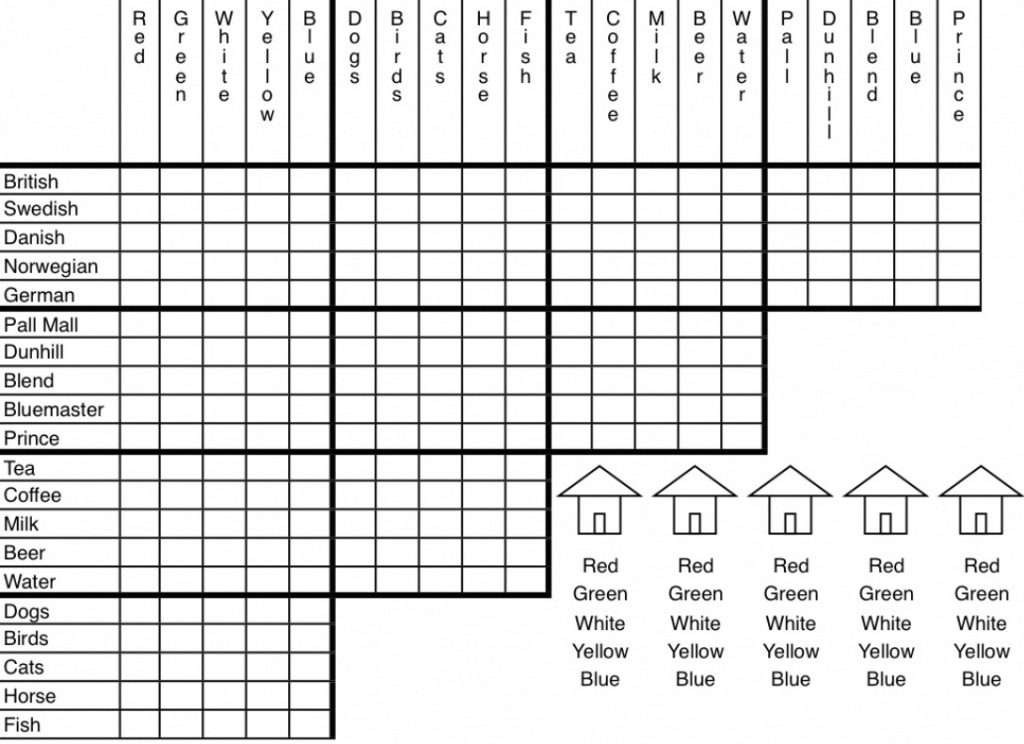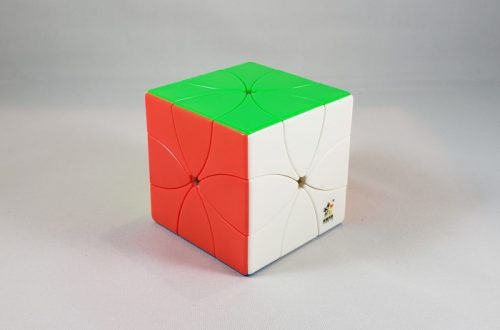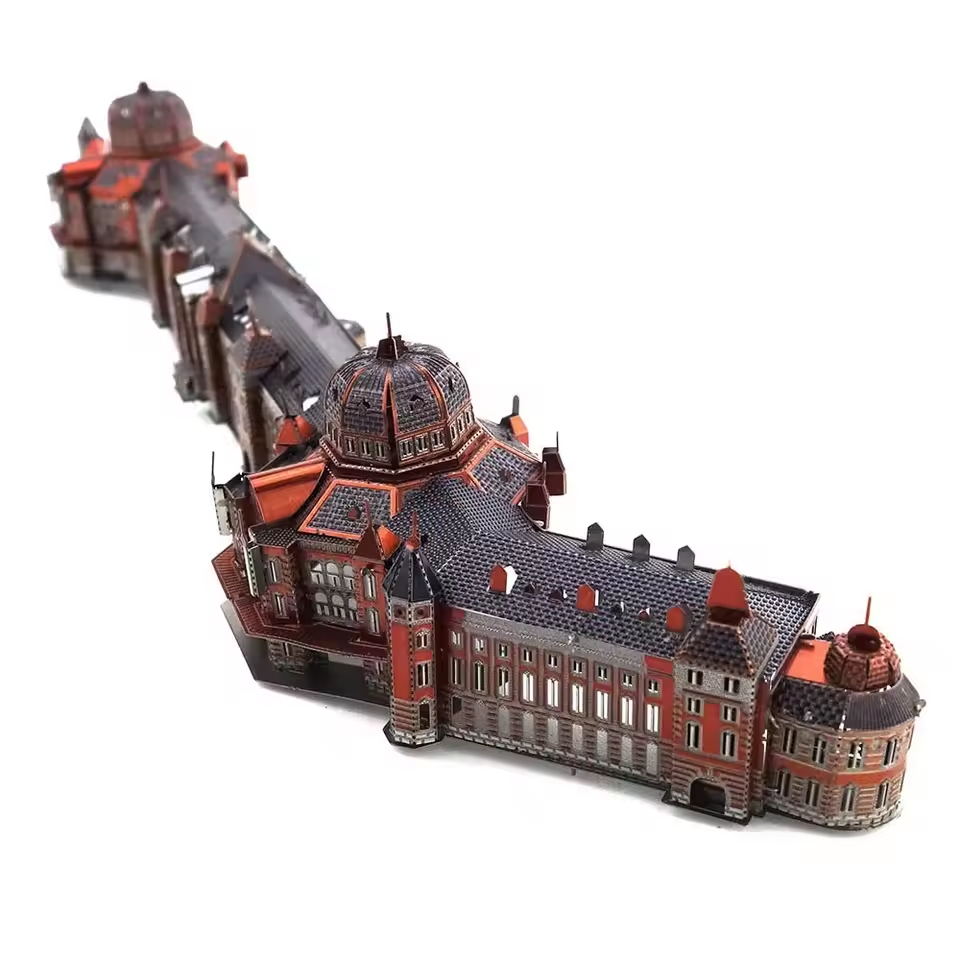Logic puzzles offer a delightful challenge that stimulates the mind and improves critical thinking skills. They come in various forms, from classic Sudoku to brain-bending riddles, but all require logic and deduction to reach a solution. Whether you’re a seasoned puzzle enthusiast or a curious beginner, this guide will equip you with the tools and strategies to tackle any logic puzzle with confidence.

Part 1: Understanding the Basics
Identify the Rules:
Within each logic puzzle, there exists a unique set of rules that dictate the interactions between its elements. These rules intricately define the relationships between numbers, letters, or objects within the puzzle grid. It is crucial to meticulously read and thoroughly comprehend these rules before endeavoring to solve the puzzle. By doing so, you gain insight into the specific constraints and parameters that shape the puzzle’s solution. Understanding the rules is akin to deciphering the puzzle’s language; without it, progress becomes challenging. Each intricately crafted rule serves as a guiding principle, steering the solver towards the correct path. Thus, taking the time to internalize these rules not only enriches the solving experience but also enhances problem-solving skills and cognitive acuity. A thorough grasp of the rules lays the groundwork for successful puzzle-solving, making the eventual solution all the more rewarding.
Recognize the Goal:
What are you trying to achieve in the puzzle? Is it to fill a grid with unique numbers? To identify the profession of each person in a scenario? Identifying the goal will guide your approach and help you determine which deductions to prioritize.
Part 2: Sharpen Your Tools

Logical Reasoning:
Logic puzzles are reliant on the cultivation of robust logical reasoning skills. This paramount skill involves the adept analysis of information to draw well-founded conclusions and identify any inconsistencies present within the puzzle. By engaging in regular practice of logical reasoning exercises, such as syllogisms, individuals can effectively fortify this vital skill. Syllogisms, in particular, are a valuable tool for honing logical reasoning abilities as they involve deducing conclusions from given premises. As individuals immerse themselves in these exercises, they become adept at navigating complex information, discerning patterns, and making sound judgments based on evidence. By consistently practicing logical reasoning, individuals not only enhance their problem-solving capabilities but also develop a sharper, more analytical mindset that can be applied to a wide array of challenges. Ultimately, the cultivation of logical reasoning skills greatly enriches cognitive abilities and equips individuals with a powerful tool for navigating intricate puzzles and real-world scenarios.
Visualization:
Utilizing visualization techniques can significantly enhance one’s ability to tackle many logic puzzles effectively. By employing methods such as diagramming relationships or sketching potential solutions, solvers can uncover hidden patterns and connections within the puzzle’s framework. Visualizing the interrelations between elements within the puzzle can illuminate previously concealed connections and aid in the identification of crucial patterns. When solvers sketch out potential solutions or create visual representations of relationships, they can gain a deeper understanding of the puzzle’s intricacies, allowing for the recognition of underlying structures that may have initially eluded them. Through visualization, solvers can effectively navigate complex puzzle scenarios and identify key insights that lead to successful solutions. Embracing visualization as a tool for unraveling logic puzzles not only fosters a more comprehensive understanding of the puzzle’s dynamics but also cultivates the ability to approach challenges from multiple perspectives.

Part 3: Deciphering the Clues
Start with the Obvious:
Logic puzzles frequently offer initial clues, which serve as the cornerstone for making further deductions. These clues can be presented in various forms, whether explicitly stated or subtly hinted at within the puzzle’s layout. It is crucial to pay close attention to these initial clues, as they serve as the foundation upon which the solver builds their logical deductions. By carefully scrutinizing and internalizing these starting points, solvers can effectively pave their initial logical steps, creating a trajectory for further deductions. These initial clues play a vital role in setting the stage for the solving process, providing essential information that leads to subsequent insights and breakthroughs. As solvers thoroughly analyze and interpret these initial clues, they gain valuable insights that form the basis for navigating the puzzle’s complexities.
Look for Patterns and Relationships:
Once you have a grasp of the initial information, analyze the puzzle for patterns and relationships between the elements. Are there repeating numbers or symbols? Are there specific spatial limitations within the grid? Identifying these patterns will help you eliminate possibilities and narrow down the solution space.
Part 4: Employing Powerful Techniques
The Power of Elimination:
In many logic puzzles, elimination is a powerful tool. By analyzing the rules and clues, you can identify options that are impossible for a particular cell or element within the puzzle. Eliminating these impossible choices leaves you with a smaller set of possibilities, making it easier to reach the correct solution.
Logical Reasoning Techniques:
There are various logical reasoning techniques that can be applied to different types of logic puzzles. Understanding techniques like contrapositive (if not A, then B) or reductio ad absurdum (assuming the opposite leads to a contradiction) can significantly enhance your problem-solving abilities.
Part 5: Putting It All Together
Embrace Trial and Error:
Logic puzzles can be time-consuming and require a bit of trial and error. Don’t be afraid to experiment with different possibilities and backtrack if your initial deductions lead to a dead end. The process of testing and refining your approach is often key to finding the solution.

Take Breaks and Maintain Focus:
Logic puzzles can be mentally demanding. Taking short breaks to refresh your mind can help you maintain focus and avoid getting stuck on a single approach. Coming back to the puzzle with renewed attention can sometimes lead to breakthroughs and new insights.
Part 6: The Thrill of Victory
The Satisfaction of Success:
Solving a logic puzzle offers a unique sense of accomplishment. The process of untangling the clues, applying logic, and ultimately reaching the solution is a rewarding experience that boosts your confidence and problem-solving skills.
Practice Makes Perfect:
The more logic puzzles you tackle, the better you’ll become at solving them. Challenge yourself with puzzles of varying difficulty levels to continuously improve your critical thinking and deduction skills. Embrace the challenge, and enjoy the journey of becoming a logic puzzle master!



